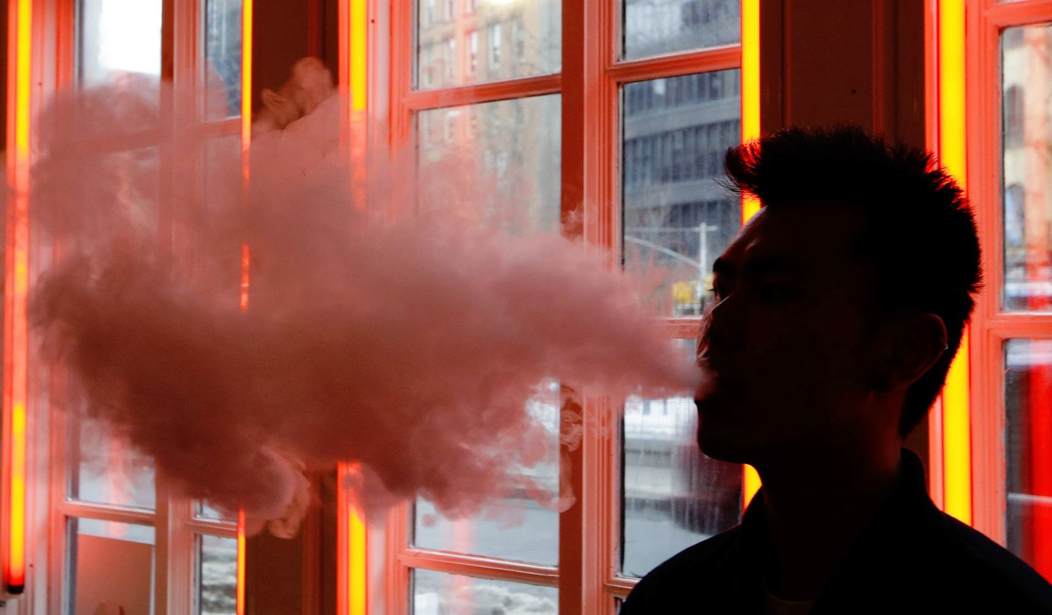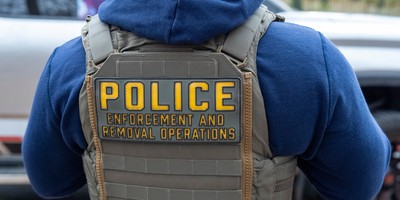The idea of reducing the harm associated with risky behaviors and/or products isn’t a new concept. For centuries man has attempted harm reduction by lowering the risk of sexual relations with condoms. And, from oven mitts to helmets, many more innovations have come about in light of risky behaviors. Interestingly, some harm reduction efforts have come with plenty of naysayers. Some innovations have found friends and foes in taxpayer-funded federal agencies meant to protect Americans.
The history of seat belts and air bags in automobiles and the emergence of tobacco harm reduction products represents two very different ideas to reduce harm. For seat belts, the National Highway Traffic Safety Administration (NHTSA) overshot the mark by attempting to mandate interlock mechanisms that would require the driver be belted prior to starting the car. Meanwhile, the Centers for Disease Control and Prevention (CDC) and the U.S. Food and Drug Administration (FDA) have failed in their approach to tobacco harm reduction products by actively urging Americans to refrain from using them.
The movement to require persons to wear seatbelts was not an easy one in the United States. In 1973, NHTSA put forth a requirement for all newly manufactured cars to include a seatbelt interlock mechanism that would prevent automobiles from starting until the driver’s seatbelt had been buckled. Congress would later block the requirement only to have the matter brought before the U.S. Supreme Court, which ruled in favor of NHTSA to require “passive restraints.”
In 1985, Nancy Dole, then-Secretary of the Department of Transportation, issued a rule “that required automakers to install driver’s side airbags in all new cars unless … two-thirds of the states passed mandatory seat belt laws by April 1, 1989.” By the end of 1985, eight states had seatbelt laws in effect and one – New York – had already required front seat passengers to wear seatbelts. As of 2020, only state – New Hampshire – did not require front seat passengers to wear seatbelts.
Recommended
We are in the middle of another battle in access to harm reduction products. But, unlike drivers and passengers wearing seat belts, cigarette smokers are met with adversity, hostility and outright prohibitions by federal agencies and lawmakers.
E-cigarettes, the most popular form of tobacco harm reduction, have helped millions of American adults quit smoking. Numerous studies have shown that e-cigarettes are up to 95 percent less harmful than combustible cigarettes. Yet, despite this, there are national campaigns to stop the use of e-cigarettes and four states have banned the sale of flavored e-cigarettes.
Even though flavors have helped the transition from combustible cigarettes to less harmful e-cigarettes, several states mulled over their own prohibition and a federal flavor ban has been introduced in Congress. The FDA has yet to approve a marketing order for any e-cigarette. And, since 2015, the agency has been dragging its feet by only approving 15 newly deemed tobacco products. These approvals consist of tobacco harm reduction products such as snus and heat-not-burn cigarettes, in addition to low nicotine combustible cigarettes. Currently, the FDA is reviewing more than 6 million product applications for e-cigarettes.
The CDC has also actively campaigned against e-cigarettes. In 2019, the so-called public health agency helped to spearhead a misinformation campaign on e-cigarettes containing nicotine. In September 2019, despite reports from state health departments linking vaping-related lung injuries to illicit vapor products (often containing THC) the CDC urged persons to “consider refraining from using e-cigarette or vaping products.”
It is utterly appalling that federal agencies would require manufacturers of automobiles – which cause the death of more than 38,000 Americans per year – to install seatbelts, yet simultaneously deny tobacco companies the opportunity to offer tobacco harm reduction products. Combustible cigarettes are responsible for more than 480,000 American deaths per year. By approving more tobacco harm reduction products, the government would be encouraging companies to not only provide reduced harm products, but eventually phase out harmful combustible cigarettes. This would help the country move to a smoke-free future.
It is estimated that, between 1975 and 2017 in the United States, seat belts “have saved an estimated 374,196 lives.” Imagine how many more lives could be saved if federal agencies recognized tobacco harm reduction efforts in the same manner that the NHTSA understands seat belts.
Lindsey Stroud is Director of Taxpayers Protection Alliance’s Consumer Center.

























Join the conversation as a VIP Member